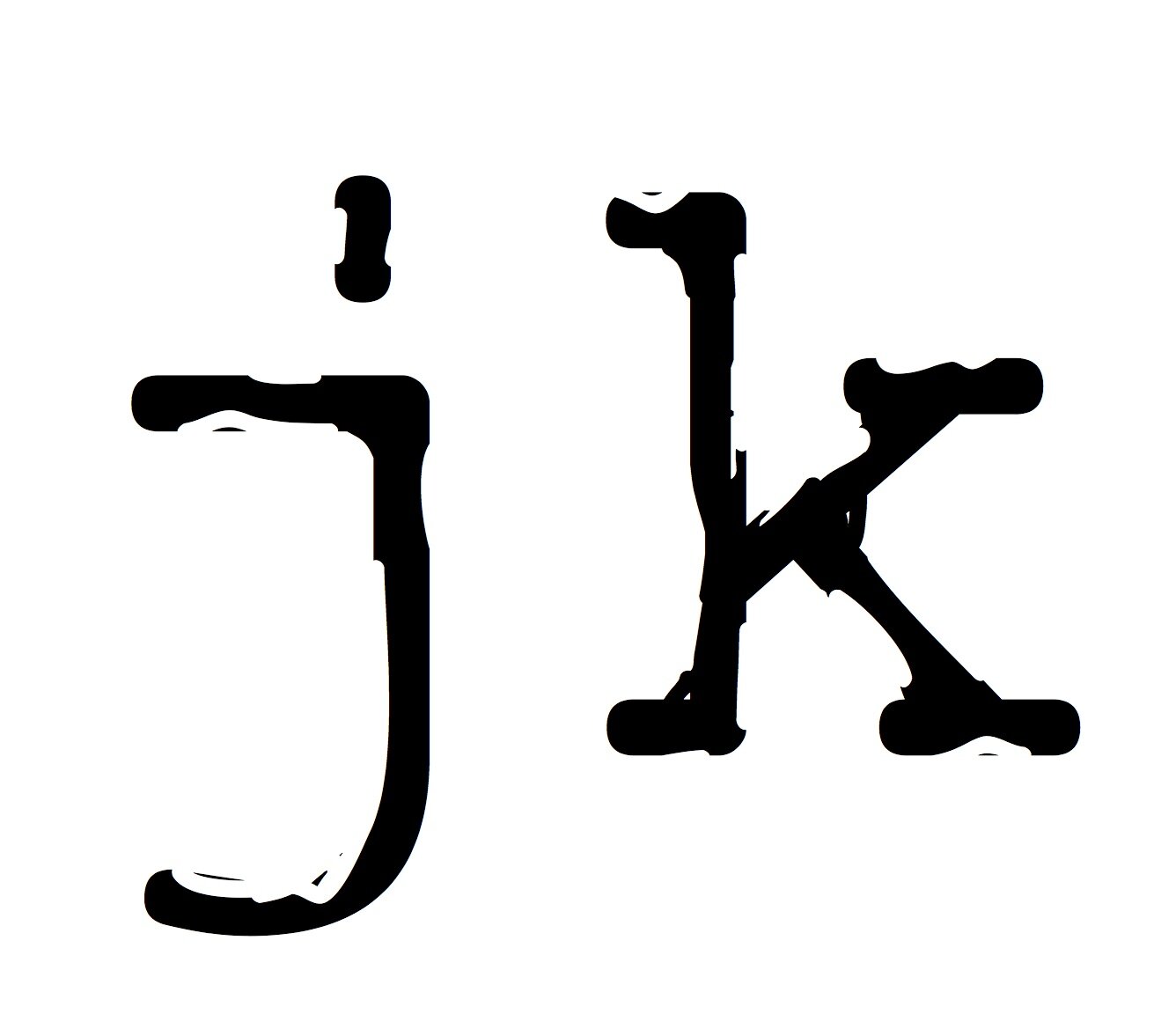More Courage
If you take a look at the catalogue of a major music artist from the 1960s – Bob Dylan, The Beatles, The Rolling Stones, Hendrix, Zeppelin – you’ll see an amazing amount of work produced in a short time.
An album every six months was common then. Now the marketing cycle dictates more that an album every two years would be fine. It’s not just the amount of work – it’s the range of work.
The development of these artists in that time is staggering. Being able to go into the work and follow where it led meant that Dylan grew from writing folk dirges in early 1964 to releasing Like a Rolling Stone in mid-1965. The Beatles grew from the infectious pop of A Hard Day’s Night to the landscape-shifting Revolver in the same timeframe. The entire studio output of the Jimi Hendrix Experience was recorded between October 1966 and August 1968.
Trusting the writing the process and following it where it goes takes strength and dedication. Finishing the song, putting it down to the record, then turning to the next tune is a cycle that meant they learnt so much in their process, and were open to new ideas to weave into the songs the next time around.
The German filmmaker Rainer Fassbinder also had a terrific work rate. He made over 40 films, more television series, and over a dozen plays. Then he died, at 37. That is an incredible amount of work, even if we attribute some of this to the drug use that led to his overdose.
I take two things away from this to help my own creative process – and neither involve narcotics.
To be able to create and develop your work in such a way takes an investment of self in the creative process. It’s a process, and when you dedicate yourself to it, even if it’s just for ten minutes a day, then there is progress. Be open to what you write, see where it goes, and bring in new ideas.
The second thing Fassbinder could rely on was a structure of support around him. Dylan, The Beatles, et al, had a similar support in the producers they worked with. Fassbinder worked with the same trusted team around him. This meant he could trust the editing of one film to his collaborator and move on to his next project. He could step away from that part of the process knowing that his vision would be honoured.
But this is another part that takes more faith. More courage. A trust in the collaboration. A trust in the process.
